Agrobiodiversity: Crop Genetic Resources and Conservation (Volume I)
Considering the Agro-biodiversity as one of the richest national resource in country's economy, strategic attempt for conforming unforeseen vagaries of climate and building block for developing varieties of plants and animal species with multi-utility dimensions, it is much needed option for developing a suitable knowledge base. It is estimated that about three quarters of genetics diversity of agricultural crops was lost in the preceding century. Out of 6300 animal species, 1350 are considered endangered and in extinction. Forest dwellers, fishermen, herders and farmers are maintaining the diversity by selecting plants and animals to meet the current environmental conditions and food requirements. Under these premises, National Biodiversity Authority, Chennai Organized a National Conference on Agro-biodiversity in Chennai from February 12-17, 2006. Researchers, academicians, policy planners, and administrators presented their view point on current status and future prospects of taking advantage of this resource. This vicarious knowledge resource will have high exploitation value for protecting and conserving the dwindling wealth, the country can boost of. The proceedings of this conference are brought out in three distinct volumes. Volume I is devoted to the description of genetic biodiversity, collection, conservation and evaluation of rice, sorghum, oilseeds options including rapeseed, coconut, cotton, sugarcane, potato, tuber crops cultivars from different ecosystems. Application of biotechnology in conservation and utilization of plant biodiversity has been aptly portrayed.
Get it now and save 10%
BECOME A MEMBER
-
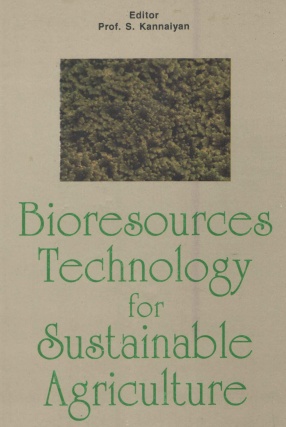
Bioresources Technology for Sustainable Agriculture
-

Rice Management Biotechnology
-
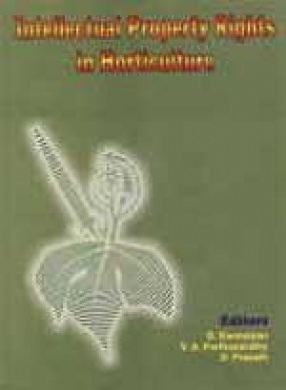
Intellectual Property Rights in Horticulture
-
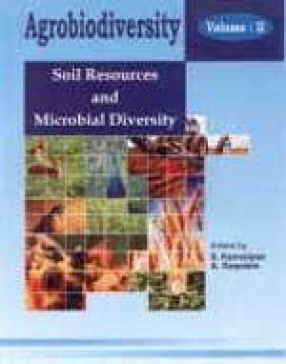
Agrobiodiversity: Soil Resources and Microbial Diversity (Volume II)
-
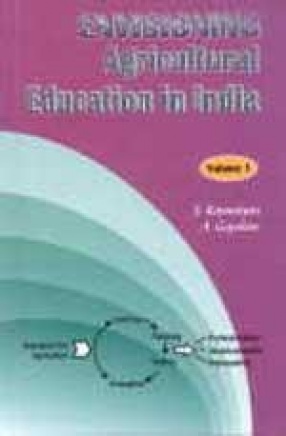
Envisioning Agricultural Education in India (Volume I)
-
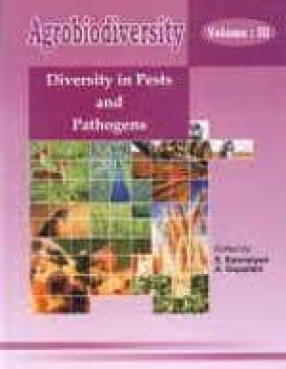
Agrobiodiversity: Diversity in Pests and Pathogens (Volume III)
-
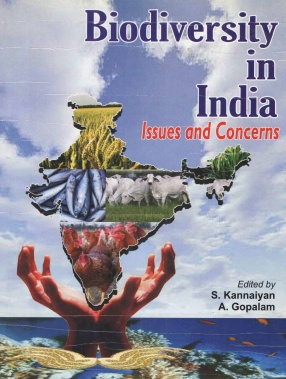
Biodiversity in India: Issues and Concerns

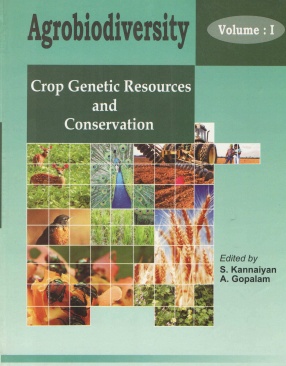
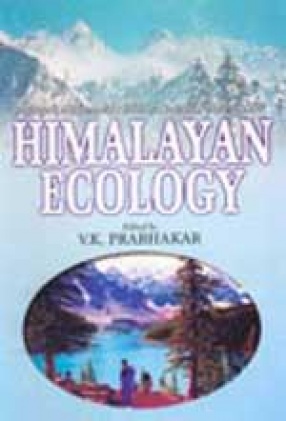
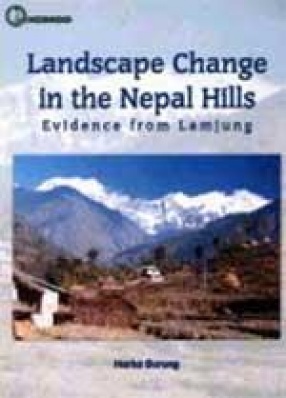
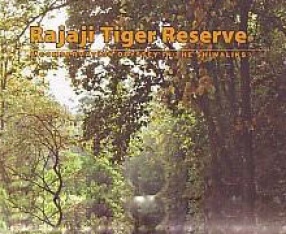
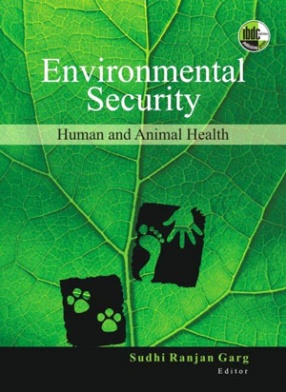

Bibliographic information
A. Gopalam